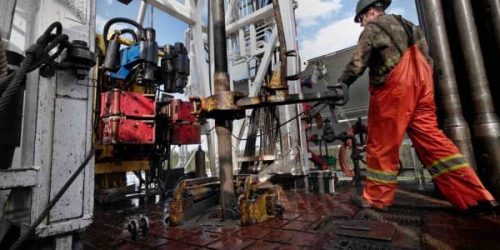A vicious one-two-three punch that started with a gloomy long-term future outlook due to rampant fossil fuel divestments, climate change policies, and decarbonization as well as shorter-term—but severe—shocks from the COVID-19 crisis, has thrown Canada’s most important export industry into an existential crisis.
Meanwhile, the drumbeat of exits by foreign oil firms bailing on the unprofitable tar sands has added an extra layer of gloom for an industry responsible for a fifth of Canada’s exports.
It, therefore, comes as little surprise that Canada’s oil and gas producers are scrambling to merge as they hope to survive to see another oil boom.
A wave of consolidation has hit Canada’s Montney oil and gas region as smaller companies sell their assets to bigger oil firms. Straddling northeast British Columbia and northwest Alberta, the Montney is one of Canada’s leading shale oil epicenters, producing 1.5 million barrels of oil equivalent per day, including 45% of Western Canada’s gas supply.
Prolonged downturn
Faced with a six-year oil downturn, smaller, debt-ridden oil and gas producers are giving up the wait for rebound and resorting to mergers in a bid to survive.
They have little recourse: Just like their shale counterparts further south, Canada’s oil industry has seen once-prolific credit lines dry up as the value of their reserves rapidly dwindle during the prolonged crisis. Eighteen Canadian companies tracked by Wood Mackenzie saw the amount of their reserve-based loans shrivel by some C$1.8 billion, or 22% in the year-to-date.
Consequently, the Montney region has recorded at least nine significant deals worth some C$2.3 billion ($1.75 billion) over the past 12 months.







